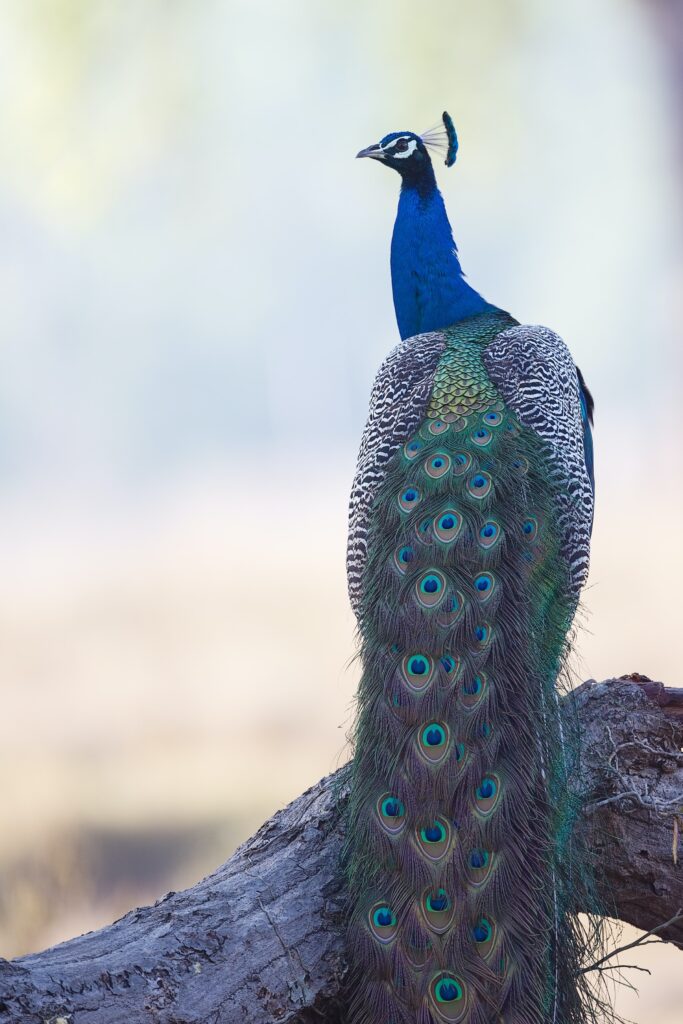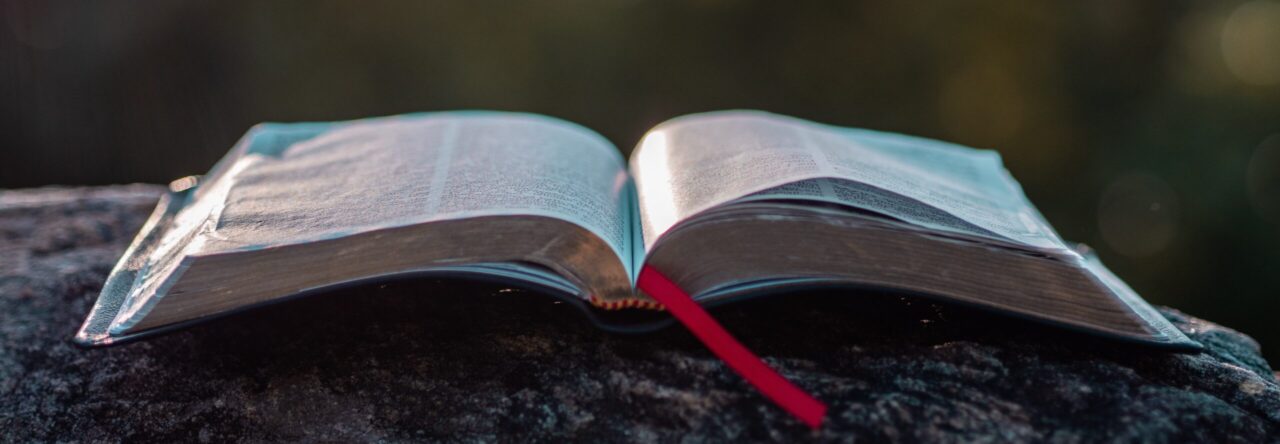
The book titled “The Elephant in the Brain” has been a rather fascinating read, in which it has tried to provide a very honest and incisive perspective of humanity. The books objective is to address the ‘elephant in the room’, in other words what is unspeakable in society with regards to the many facets comprising the human condition. In this post I’ll be exploring the ideas brought forth in Chapter 11 of the book, which explores the nature of art.
It is fascinating how art is a universal enterprise that is undertaken across many cultures and generations. From the first presence of cave art in Argentina, to intricate counterpoint found in the contrapuntal baroque music of Bach or even now in the modern age of film and photography, art has, and always will be an integral avenue of human expression. Throughout space and time, art has always involved making things to be appreciated. Through art we can find beauty and wonder, where art is able to transport us into experiences that simply do not exist in the natural world.
What is puzzling however, is that art does not seem to have any utility for survival. In and of itself, art is not able to provide food on the table. This then begs the question – why do we pursue art?
The answer to this might lie in the animal kingdom. A key point to note however is that art is not exclusive to humanity, but is quite present in the animal world as well. As humans, we tend to take pride in our uniqueness where we see ourselves as separate to other species.
Consider the Indian peacock in its flamboyant displays during mating. With iridescent green and blue, this rich plumage developed by the male is used to attract a female. What is most intriguing is that these feathers do not have any flight or thermal function. From a biochemical standpoint, to be able to produce such a volume of plumage is extremely expensive, in which a lot of keratin (a protein for feathers) is required to be synthesised by the body. Not only that, the male is required to carry their many tail feathers around when finding food, which would be extremely taxing metabolically. We thus observe that the amount of resources that is invested by the peacock provides no function for survival, but is solely for its artful mating display.

Throughout mating season, the female would undoubtedly encounter many males. In this regard, the female must be able to pick a mate that would most likely ensure the most competitive genes to maximise its survival. We observe that the female selects based on external beauty – or the façade of the peacock.
In this we observe art (analogous to beauty) is a parameter of selection. This seems contradictory – why select for features which have no survival function? The book suggests the idea that engaging in art suggests a survival surplus, and thus displays fitness. But what does this mean?
We can think of survival surplus as ‘what’s left over’ after survival. To use the analogy of humans, it is the spare time that we have outside of work, because the primary reason all of us work is to pay the bills. For the peacock, this survival surplus would be extra nutrients that it has after satisfying its daily needs, where these nutrients would be able to grow feathers. Therefore, the very fact that the male is able to be able to have the resources to develop high volumes of plumage – given the assumption that feathers are non-functional, means that only the most fit are able to develop them. Those that are less fit – A male bird busy with surviving – would not be able to spend as much resources developing such feathers.
Much like the peacock, we humans are not much different. Our creative arts are signals of our degree of survival surplus and thus degree of fitness. Art boils down to making things of all kinds, however art is very much useless if we don’t share it with others. In other words – showing off like the peacock. In some ways, art feeds our human inclinations to show off, and by doing so we demonstrate that we are indeed fit and have the spare time to invest in art. You are more than welcome to make this criticism on me too in writing this blog. Sharing one’s art with the world does seem very noble and altruistic. Underlying this h0wever, may very well be the selfish motive to be thought of highly by others, where the artist flaunts their virtuosity.
This may seem extremely grim and reductionist – and I agree. In my opinion, this is probably the largest criticism of this book, so take what is said with a grain of salt. A good thing to keep in mind however, is this:
All of us have our own plumage of feathers that we show off to others, whether we realise it or not.

Leave a Reply